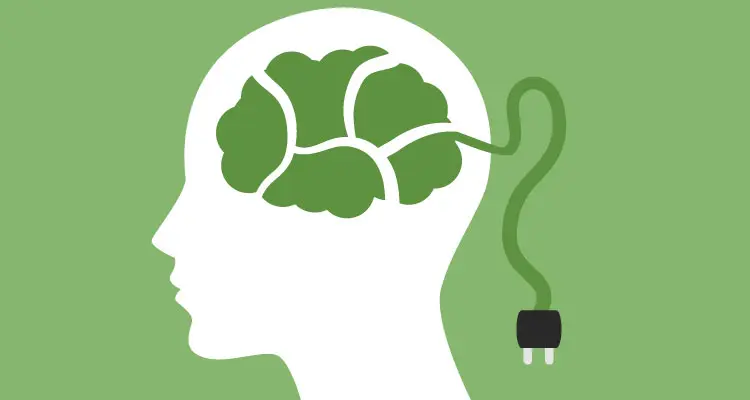If you’ve spent any time on LinkedIn in the past year, you’ll find it flooded with search queries looking for the “best” marketing and client acquisition programs. Instead of another cookie-cutter corporate messaging tactic full of buzzwords, imagine if our marketing plan focused on a very simple exercise: gratitude. Studies show that gratitude is a huge win for both the giver and the recipient.
So now what? It is well and good to talk about gratitude as a concept or an idea, but it is only effective when it is practiced with intention. where do we start?
1. Start a “gratitude inventory” list.
Gratitude is something that can be practiced at any moment of the day, for any reason. But, if we’re trying to develop a conscious attitude of gratitude toward other people, it can help to make a list. A simple list of names with email addresses or phone numbers will work (It’s also good to have contact information handy to keep you consistent.) An additional tip is to include a picture of the person on your gratitude list. Simply seeing their face triggers feelings and memories, and can help us take action toward letting them know how we feel.
Your gratitude list can be divided by category or type of gratitude you want to express, such as people you want to thank or even a fixed list of people you admire but never told.
2. Set simple gratitude goals.
The goal here isn’t to make it another goofy to-do-list item on your endless to-do list. The goal is to create clear, simple reminders for you to express your gratitude in an organized way while bringing an intention to be grateful to the table. The people in your life are extremely special and you have dozens more who would love to hear something as simple as a heartfelt “thank you,” or “I was thinking about you recently and…”.
Look for Thanksgiving Opportunities. But don’t thank people unnecessarily. Genuine, genuine thanks are what people remember. Put yourself in their shoes. Remember how it feels when you get a genuine thank you note. There is nothing like it in the world, is it?
3. Write handwritten notes (and consider thoughtful gifts!)
Almost all communication these days is digital. The COVID pandemic just accelerated the forces that were already transforming our world. Globalization, the growing power of technology to “connect us” with apps like Zoom, Slack and Microsoft Teams, and the applied distance means creating real human connections with prospects, customers, and even those in need than ever before. More difficult is those we care about and love.
In my experience, writing handwritten thank you notes is a powerful way to reduce noise and give people a genuine, physical sign of your sincere thanks. Kids these days might say it’s old school, but humans naturally like to receive an acknowledgment that someone went above and beyond sending a text or email.
4. Communicate the results of your gratitude outreach with your team.
Share all the positive feedback, comments, and emails you’ve received from your gratitude outreach and ideas for a day when the team can talk about who they’re sending thank you notes to, other gratitude initiatives, and positive outcomes. It feels good and they will inspire and motivate the Vibes team for next week’s gratitude campaign. The results will start to be mixed.
If you don’t come together and share, then positivity becomes silent. This is a huge point that is often missed and causes your acts of gratitude to become a one-time thing, not a consistent practice that is incorporated into your business. Share your gratitude stories and how people reacted to you. All of these unique details have the potential to ignite your team internally and get positive energy flowing.
I personally like the idea of ”Thanksgiving Thursday”. With the weekend fast approaching, people are in a great mood on Thursday, and you can do this by designating your day to send thank you notes, share gratitude with your team, and tell stories about how gratitude has helped. How did it affect the lives of your customers? a positive way.
5. Recognize others who are practicing the gratitude and thankful outreach philosophy.
Building a community of gratitude practitioners not only feels good, but it can lead to meaningful business results. More often than not, people who regard gratitude as a priority have strong, vibrant networks of other wonderful people with whom they have deep connections. How many times have you met someone in a big “network” but they are all shallow relationships?




